
I. Overview of C95400 Copper Alloy
C95400 copper alloy is a widely used metallic material across numerous fields. It belongs to the copper alloy family, which consists of alloys with copper as the base matrix and one or more other elements added. The composition and properties of these alloys are carefully tailored to meet the demands of various industrial and application scenarios.
Classification and Composition of C95400 Copper Alloy by Function
- Wear-Resistant Copper Alloy: C95400 copper alloy exhibits excellent wear resistance, primarily due to the presence of elements such as lead, tin, aluminum, and manganese. These elements enable the alloy to maintain good wear resistance under complex working conditions, making it suitable for manufacturing components that operate in frictional environments, such as bearings and gears. In industrial machinery, many components that require long-term rotation or sliding are prone to wear and damage if made from ordinary materials. The wear resistance of C95400 copper alloy effectively addresses this issue.
- Structural Copper Alloy: Virtually all copper alloys can serve as structural materials, and C95400 is no exception. Its structural properties make it suitable for constructing various mechanical structures and components, providing stable support and reasonable mechanical performance for the overall structure.
Influence of Composition
The specific composition of C95400 copper alloy determines its crystallization characteristics and casting performance. The proportion of different elements plays a crucial role in the solidification process of the alloy. For example, the addition of certain elements affects the solidification temperature range, thereby influencing the casting process.

III. Performance Characteristics of C95400 Copper Alloy
Casting Performance
Different crystallization characteristics and fluidity lead to varying degrees of shrinkage cavities and porosity. For instance, tin bronzes are prone to porosity, while aluminum bronzes tend to form centralized shrinkage cavities. During the casting of C95400 copper alloy, appropriate measures need to be taken to address potential shrinkage cavities and porosity issues, such as selecting suitable solidification methods (sequential or simultaneous solidification). Its fluidity is also related to its composition. Aluminum bronzes and aluminum brasses exhibit good fluidity, whereas tin bronzes have poor fluidity. The fluidity of C95400 copper alloy falls within a certain range, and casting process parameters such as the gating system need to be designed based on its fluidity characteristics. The crystallization temperature range, solidification zone, and other crystallization characteristics of C95400 copper alloy have significant impacts on casting. Different copper alloy compositions exhibit distinct crystallization characteristics. For example, tin bronzes have a large solidification temperature range and a wide solidification zone, while aluminum bronzes and aluminum brasses have a small solidification temperature range and exhibit layer-by-layer consolidation characteristics. The crystallization characteristics of C95400 copper alloy fall between these two extremes, necessitating special casting processes to ensure molding quality.

Physical Properties
- Density: C95400 copper alloy has a specific density value, which needs to be considered when applied in different fields. For example, in the aerospace industry, where material density is a critical factor, lighter materials are more advantageous for reducing overall structural weight and improving flight performance.
- Thermal and Electrical Conductivity: As a copper alloy, C95400 retains, to a certain extent, the good thermal and electrical conductivity of copper. This makes it potentially valuable for manufacturing heat dissipation components in electronic devices or conductive circuit connection components.
IV. Processing and Applications of C95400 Copper Alloy
Processing Methods
During mechanical processing operations such as turning, milling, and drilling, appropriate cutting tools and processing parameters need to be selected for C95400 copper alloy due to its composition and performance characteristics. The presence of wear-resistant elements may affect the wear rate of the cutting tools, requiring adjustments based on actual conditions.
The casting processes for C95400 copper alloy are diverse. For example, the casting processes for round bars and plates vary according to their diameters or thicknesses. In round bar casting, diameters ranging from 1mm to 300mm have corresponding processes, including different forms of round bar processing such as rough rounds, turned rounds, forged rounds, polished rounds, and rolled rounds. For plates, thicknesses starting from 0.1mm up to 300mm are available in various processing forms such as rolled plates, forged plates, sheet materials, and forgings. Different processing forms are suitable for different subsequent application scenarios, and the casting process needs to consider factors such as composition and crystallization characteristics to optimize the process.
Mechanical Processing
Application Areas
With its certain electrical and thermal conductivity, C95400 copper alloy also has potential applications in electronic devices. For example, it can be used to manufacture heat sinks or small circuit connection components, playing a role in ensuring the normal operation of electronic devices.
Due to its wear resistance and structural properties, Mingxu Bearings widely uses C95400 copper alloy to manufacture various components in industrial machinery, such as bearings, gears, and bushings. These components play crucial roles in the normal operation of machinery, and C95400 copper alloy ensures their good performance during prolonged operation.

V. Market Supply and Development Prospects of C95400 Copper Alloy
Market Supply
On the market, C95400 copper alloy is available in various specifications, ranging from round bars to plates, with different diameter and thickness specifications offered by corresponding suppliers. Mingxu Bearings provides C95400 copper alloy bar and sleeve components with diameters ranging from 1mm to 300mm, plate components with thicknesses starting from 0.1mm up to 300mm, as well as other non-standard customized components.
Development Prospects
With the continuous development of industry, the requirements for material performance are becoming increasingly stringent. The wear resistance and structural advantages of C95400 copper alloy position it for favorable development prospects in the future. In emerging fields such as intelligent manufacturing and high-end equipment manufacturing, C95400 copper alloy is expected to find wider applications. Meanwhile, with the advancement of materials science, ongoing optimization of its composition and performance will continue to meet new demands.

Zhejiang Mingxu Machinery Manufacturing Co., Ltd. has been engaged in the R&D and production of copper alloy components and self-lubricating bearings for over a decade, boasting rich production experience and technical expertise. For any product or technical inquiries, please feel free to contact us: [email protected].




 English
English Español
Español




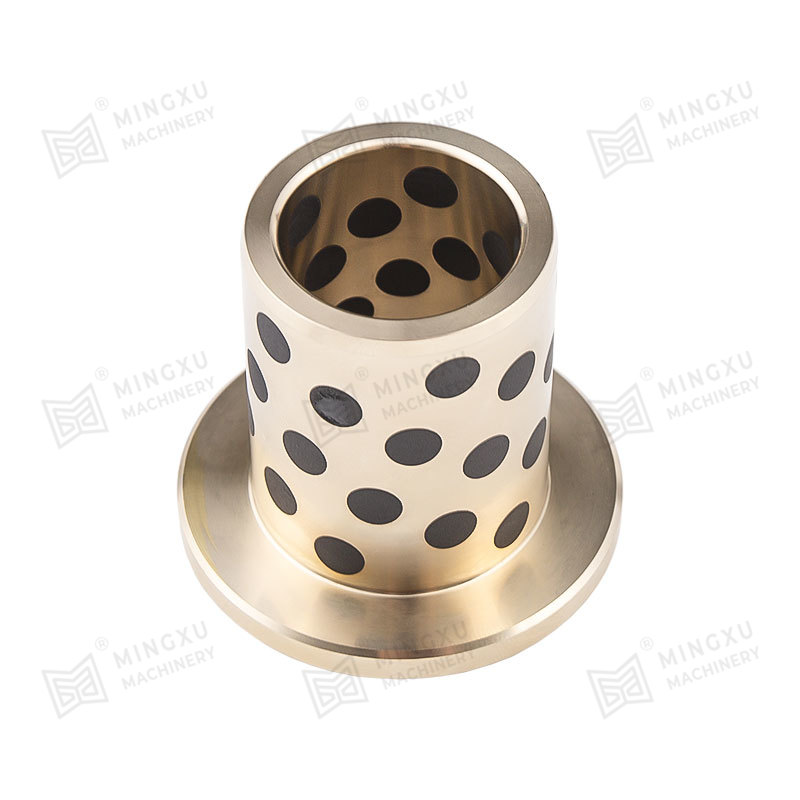
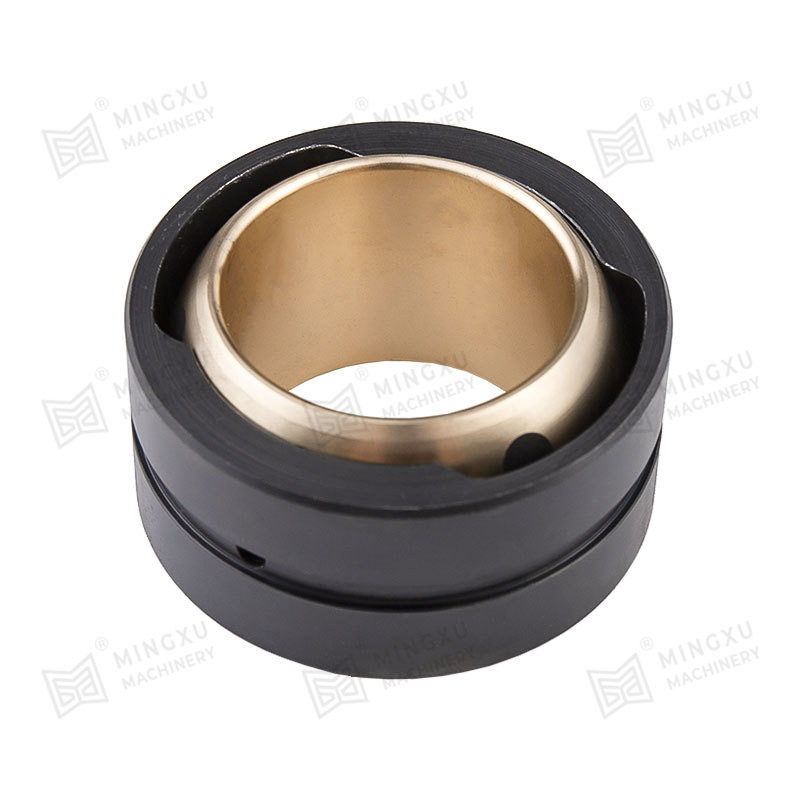
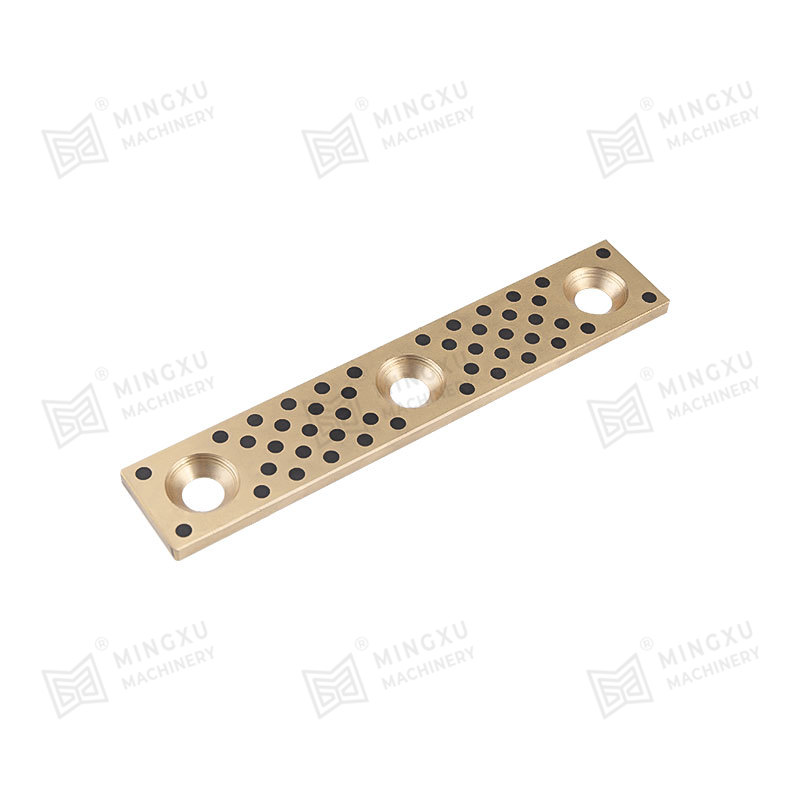
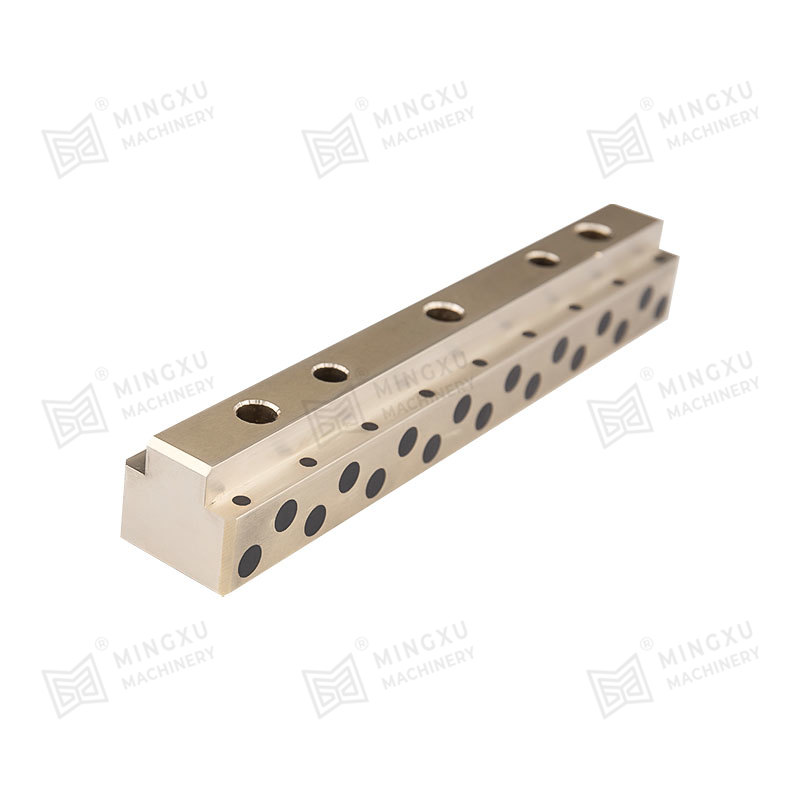
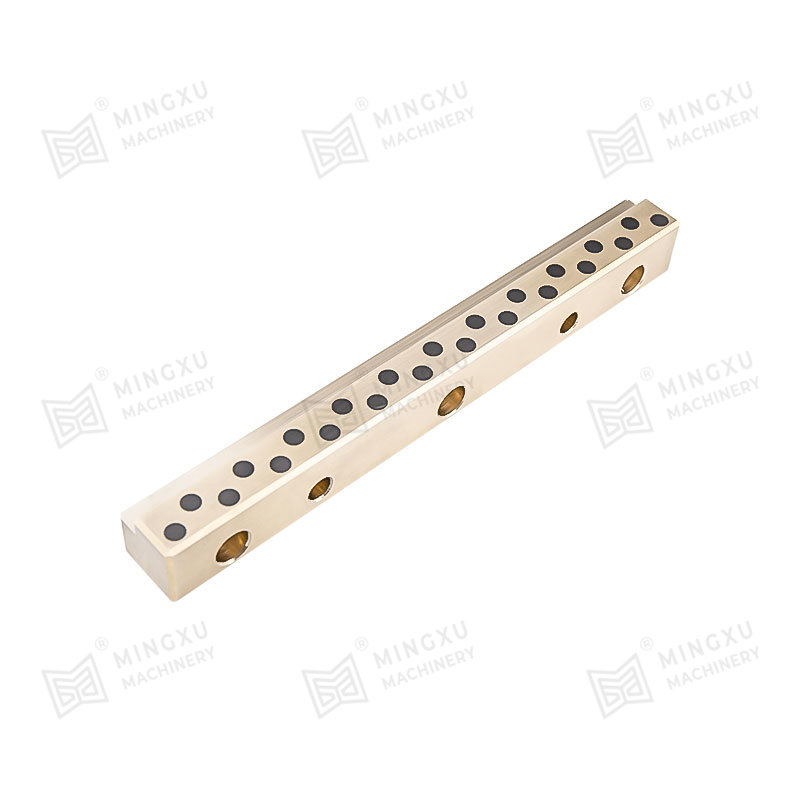
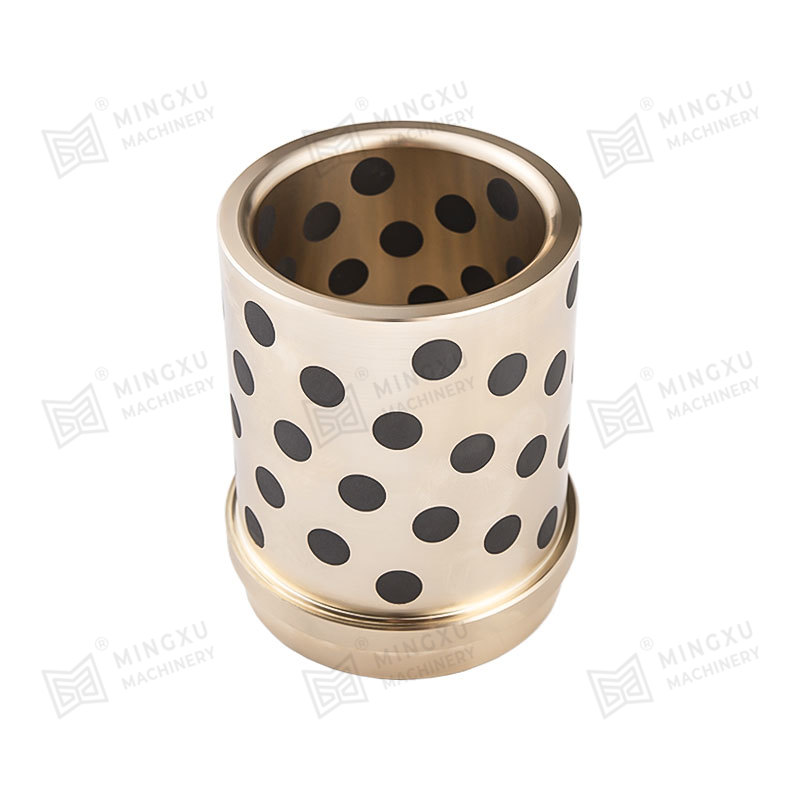
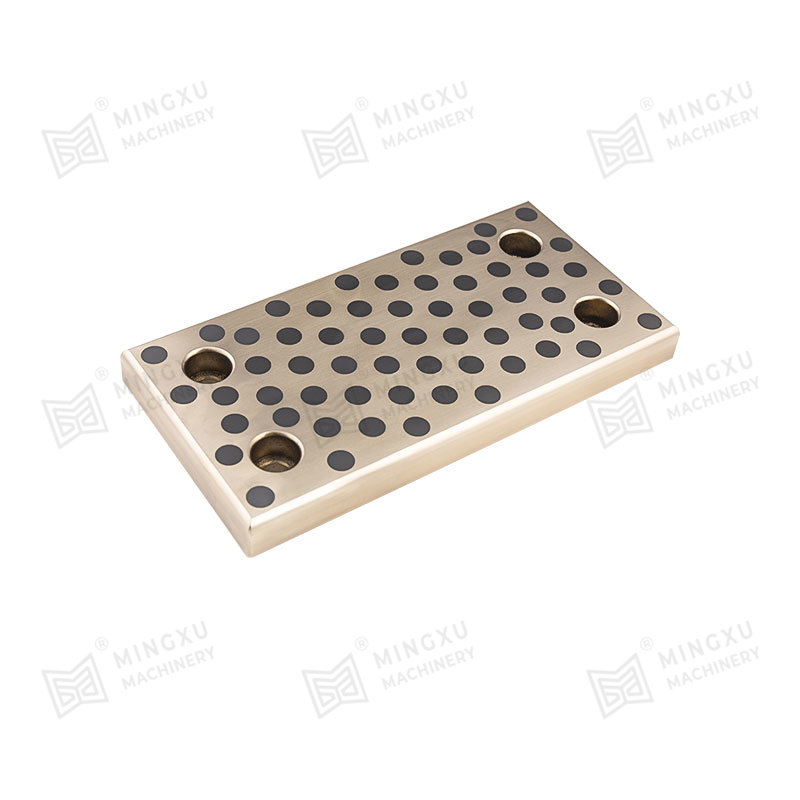
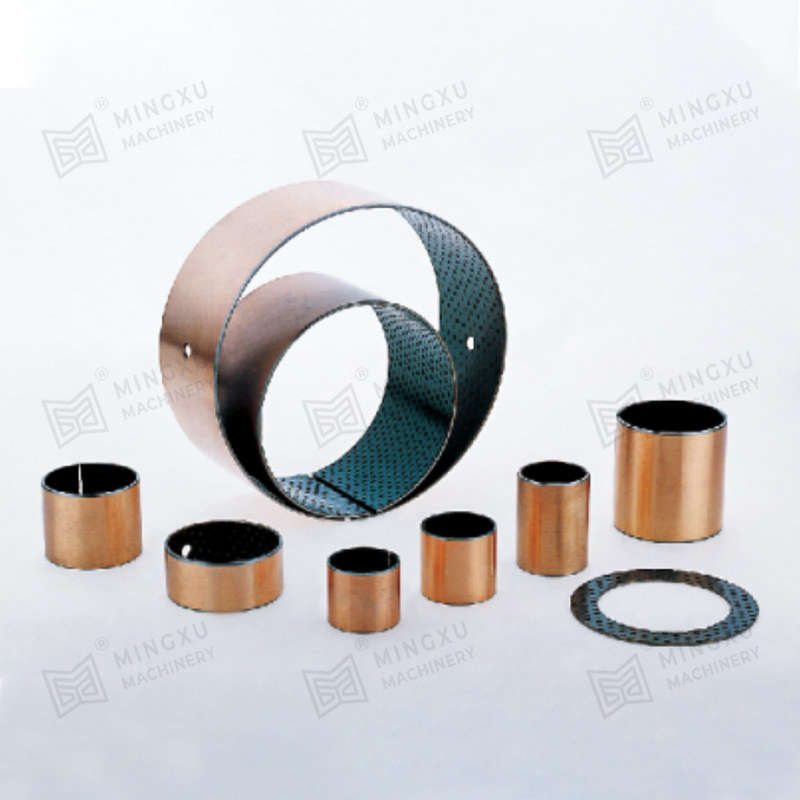
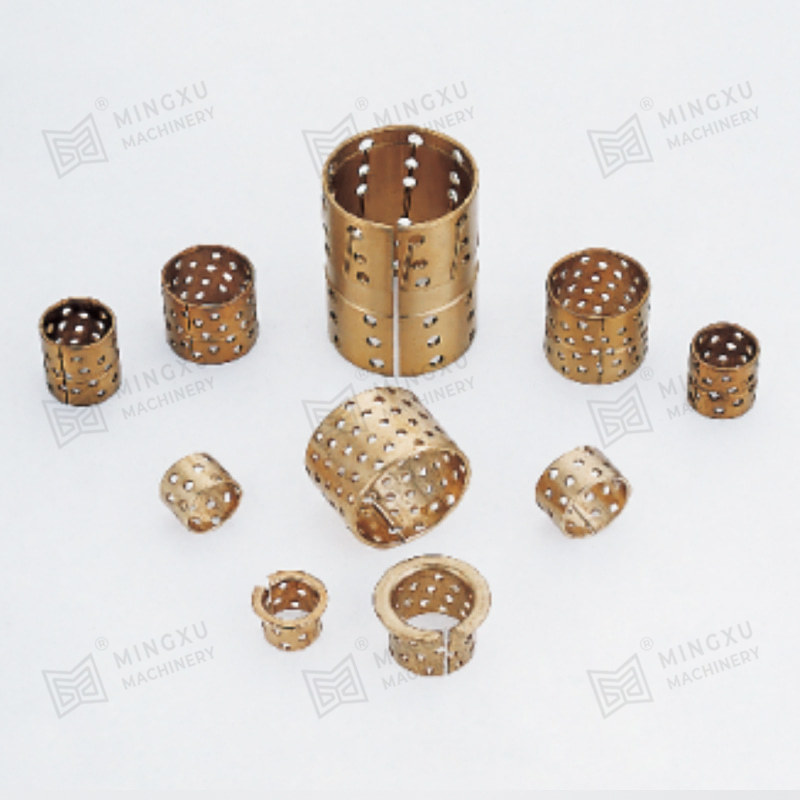







Contact Us